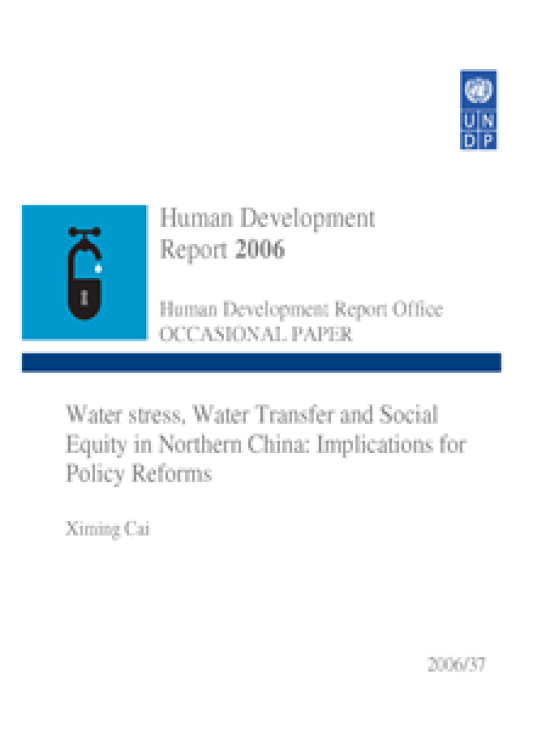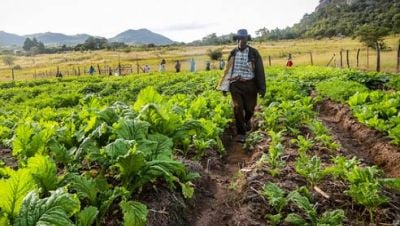Water stress, Water Transfer and Social Equity in Northern China
Implications for Policy Reforms

Download Report by Language
Document
caiximing.pdf
(207.21 KB)
Citation
Cai, Ximing. 2006. Water stress, Water Transfer and Social Equity in Northern China: Implications for Policy Reforms. New York.
Water stress, Water Transfer and Social Equity in Northern China
Implications for Policy Reforms
Posted on: January 01, 2006
While China’s rapid economic development is impressive, water stress in Northern China is a widely recognized crisis. Water stress occurs when the demand for water exceeds the available amount during a certain period or when poor quality restricts its use. One of the common indicators of water stress is per capita renewable water; 1000 cubic meters per capita is recognized as a critical level for severe water scarcity (Engelman and LeRoy, 1993). The three major basins in Northern China (Huai, Hai, and Huang/Yellow, the 3-H basins, Figure 1) all have less than 1000 cubic meters per capita, and in arid northwestern China the number is even lower (Cai and Rosegrant, 2005). This water stress is also reflected in other indicators. In 1997 the 3-H basins contained about 40 percent of the country’s agricultural land and produced 32 percent of the country’s GDP, but had less than 8 percent of the country’s water resources (CAE, 2001).

